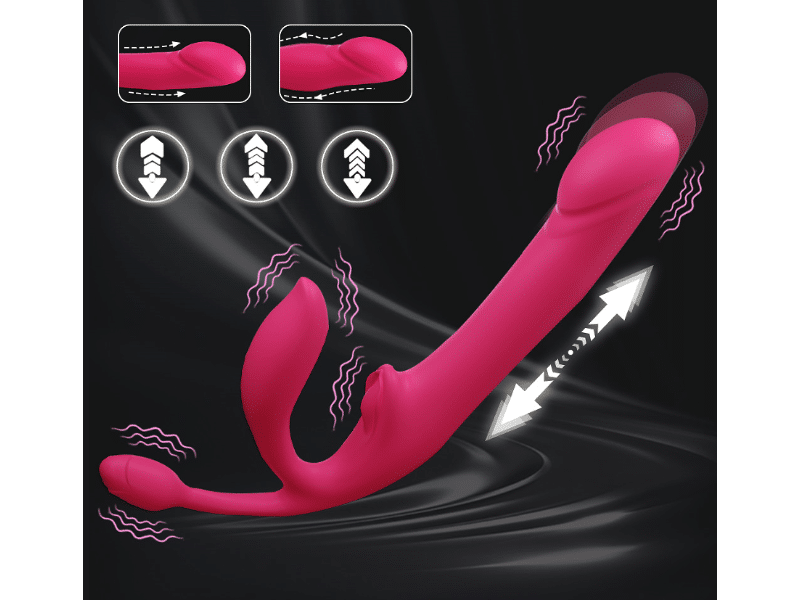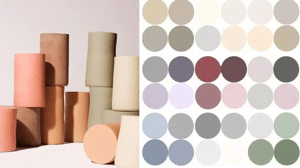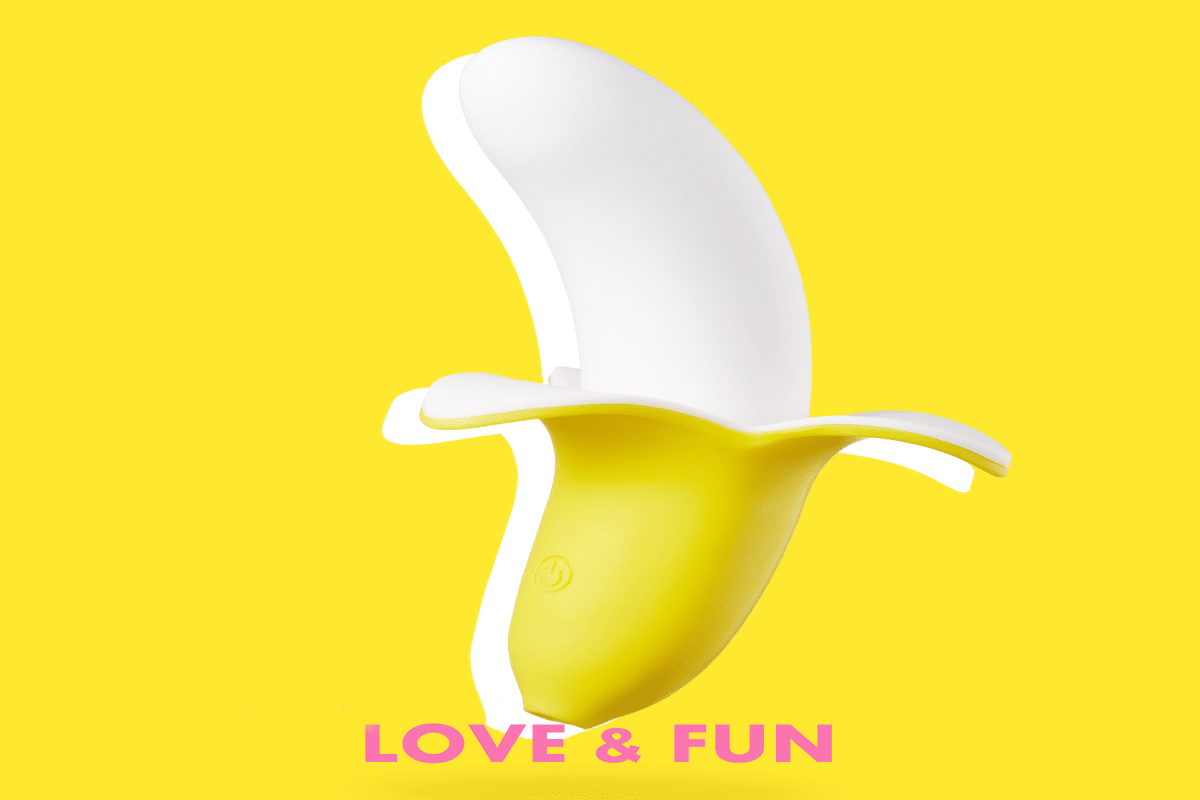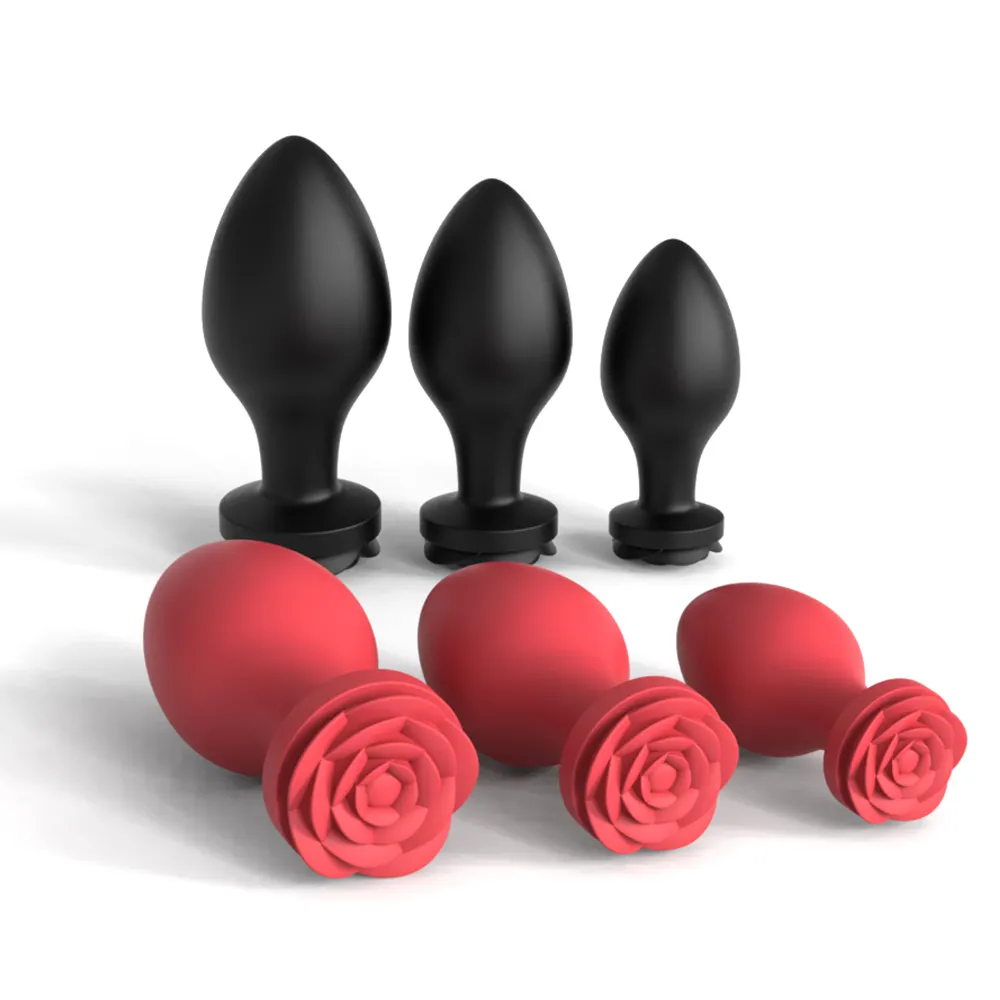Table of Contents
Toggle
The LGBTQ+ market represents a powerful consumer segment with approximately $3.9 trillion in global purchasing power and remarkable brand loyalty.
Yet, many businesses struggle to connect authentically, often resorting to superficial rainbow-flag marketing.
This approach has backfired for major brands, revealing a critical gap between performative support and genuine understanding.
Success in this market doesn’t come from a seasonal marketing campaign. It requires a deep commitment to inclusive design—a philosophy that moves beyond traditional gender binaries to create products that genuinely resonate with diverse identities.
Let’s deconstruct how North American bestsellers achieved leadership not through “rainbow washing,” but through authentic community engagement.
The LGBTQ+ Market: A Missed Opportunity?
The numbers paint a clear picture. This isn’t just a niche; it’s a powerful economic force. But recent trends show a disconnect between brands and the community they seek to serve. And believe me, as someone who has tracked this market for years, consumers can spot inauthentic ‘rainbow washing’ from a mile away.
| Key Market Statistics | Implication for Brands |
| ~$3.9 Trillion Global Purchasing Power | A massive, untapped revenue stream for businesses that engage authentically. |
| ~7% of US adults identify as lesbian, gay, or bisexual, plus 1.6% as trans or nonbinary. | A significant and growing domestic market segment. |
| 65% of LGBTQ+ consumers expect brands to support causes they care about. | Brand values and social responsibility are not optional—they are core purchase drivers. |
| Only 55% of brands explicitly marketed to LGBTQ+ audiences recently. | A retreat by some brands creates a wide-open opportunity for committed competitors. |
The takeaway is clear: the community rewards brands that demonstrate a year-round commitment, not just those that show up for Pride Month.
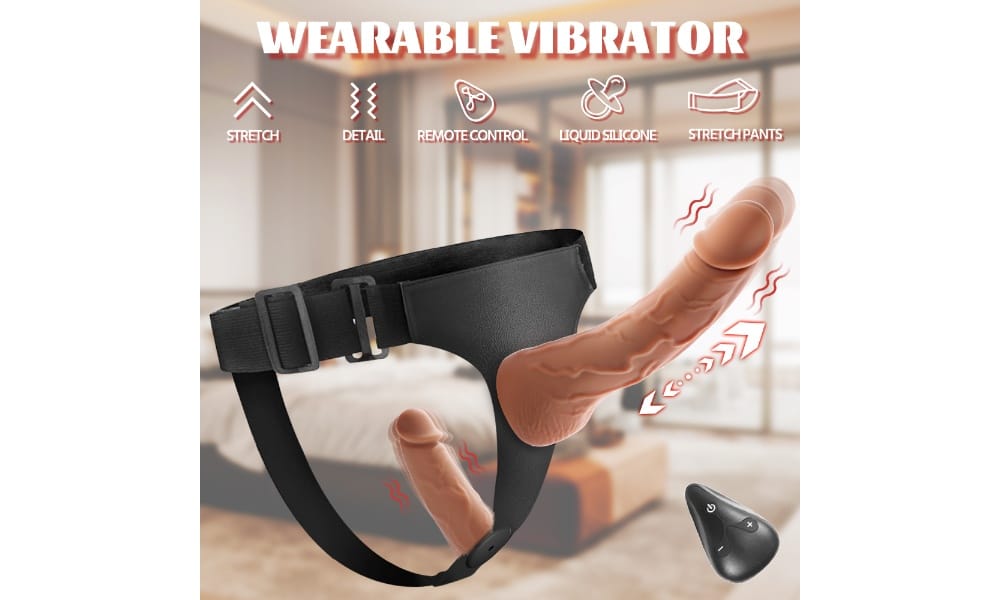
What is “Inclusive Design” in Adult Products?
Inclusive design is a fundamental shift in product development. It’s about creating solutions that embrace the full spectrum of human diversity, moving far beyond outdated concepts.
Here’s how it differs from other common approaches:
| Design Approach | Core Philosophy | Outcome |
| Traditional Gendered Design | Products are for “men” or “for women.” | Excludes transgender, non-binary, and gender non-conforming individuals. Reinforces stereotypes. |
| Unisex Design | Aims for neutrality by removing gender-specific features. | A step in the right direction, but can feel sterile and fails to actively affirm diverse identities. |
| Inclusive Design (The Goal) | Actively considers diverse bodies, identities, and pleasure. It celebrates diversity rather than ignoring it. | Products that are functional, affirming, and build a deep sense of belonging and brand loyalty. |
True inclusive design acknowledges varied anatomies, respects cultural identity, and uses community-approved language, creating products that consumers feel are truly for them.
Case Presentation
The following products have achieved strong sales in North America because they meet specific functional needs, embody community aesthetics in their design, and our brand marketing conveys support and resonance.

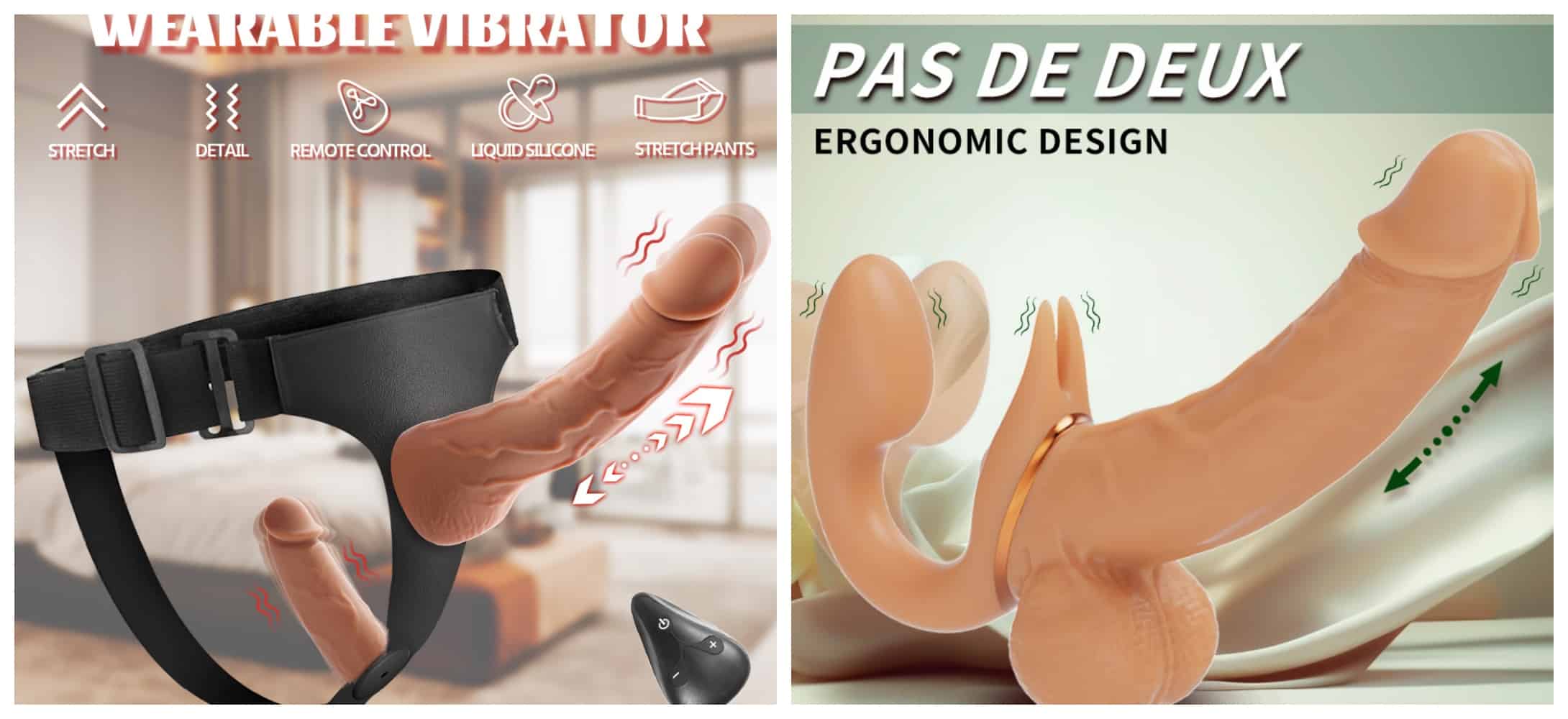
Your Bridge to Inclusivity: The Luxora Process
Entering this market requires a knowledgeable partner. At Luxora, we guide brands through a strategic process designed to ensure authenticity and market success. Our approach isn’t just about manufacturing; it’s about building a bridge between your brand and the LGBTQ+ community.
Our Collaborative Path to Inclusive Product Development:
Step 1: Deep Market Insights We go beyond surface-level data to uncover the nuanced needs and desires within diverse LGBTQ+ segments, grounding your product in real community insights.
Step 2: Inclusive R&D and Prototyping Our expert team translates inclusive principles into tangible products, focusing on modular designs, versatile functionality, and culturally resonant aesthetics.
Step 3: Collaborative Partnership & Feedback We work directly with you, integrating community feedback throughout the development cycle to ensure the final product is both effective and genuinely resonant.
Step 4: Successful Market Launch The result is a product that avoids the pitfalls of inauthenticity and is positioned for strong market adoption and lasting brand loyalty.
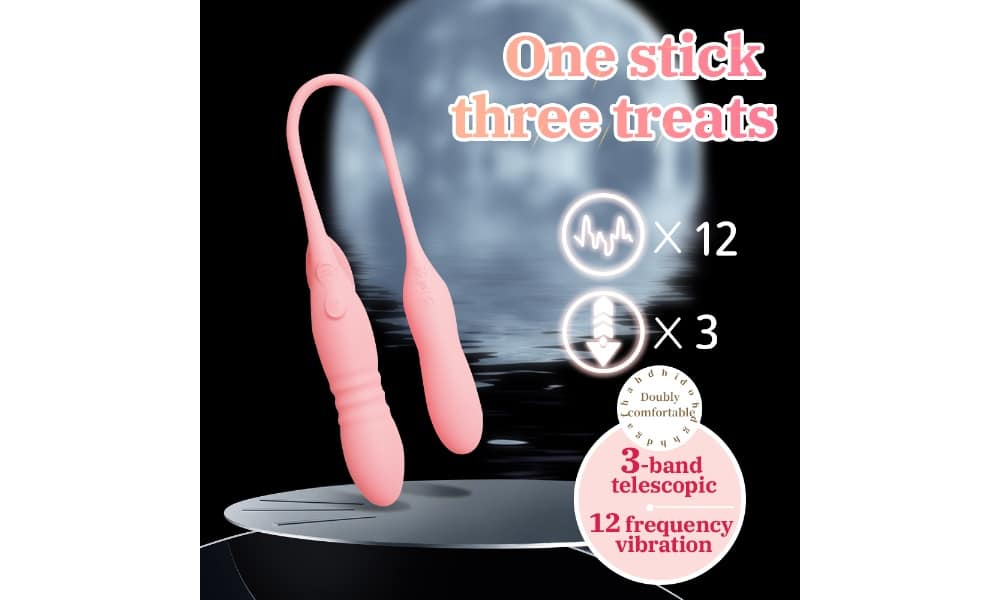
Frequently Asked Questions (FAQ)
Q: What is the difference between “inclusive design” and “unisex design”?
A: “Unisex design” aims to be neutral, fitting anyone by avoiding gender-specific features. “Inclusive design” goes further by actively considering the diverse needs and bodies of specific communities, like the LGBTQ+ community, to ensure the product is not just usable but also affirming and tailored. It’s about creating belonging, not just neutrality.
Q: What are the biggest taboos when designing products for the LGBTQ+ market?
A: The biggest taboo is “rainbow washing”—using LGBTQ+ symbols without genuinely supporting the community. Other major mistakes include relying on harmful stereotypes, ignoring the diversity within the community (e.g., designing only for cisgender gay men), and creating products that are not anatomically thoughtful for different body types.
Q: Does Luxora have existing molds available for the LGBTQ+ market?
A: We offer a range of innovative molds designed with inclusivity in mind. However, our core strength is in custom development. We excel at collaborating with brands to transform your unique, inclusive design concepts into reality, ensuring your product genuinely connects with your target audience.

